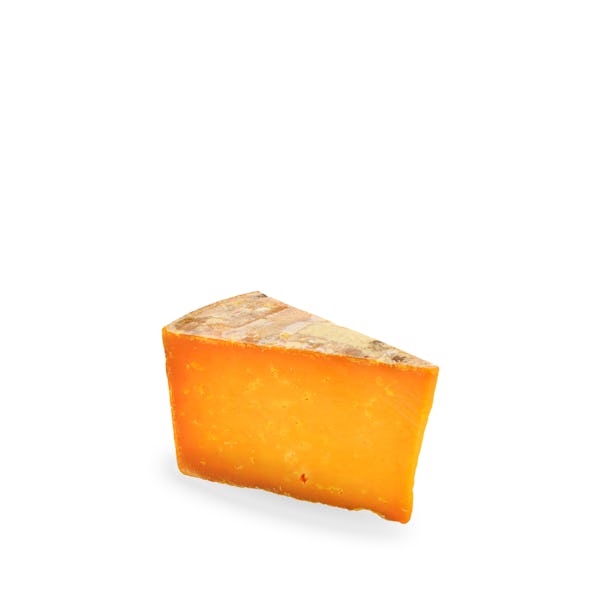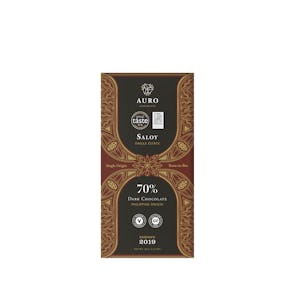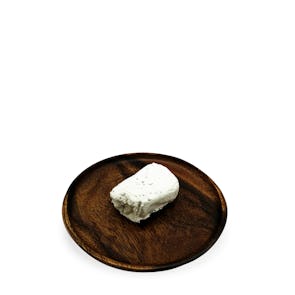
TASTING NOTES FROM THE CURATOR
Made with a time-honoured recipe passed down from Thomas Hoe Stevenson, its founder, this award-winning Red Leicester, renamed Rutland Red by its cheesemakers, is distinct in taste and texture from red leicester found elsewhere.
A traditional semi-hard English cheese clothbound and aged for 6 months, the rind is a deep russet red in color reminiscent of the red and orange hues of a beautiful sunset, with a light dusting of powdered moulds. On the palate, the texture is crumbly and dense, with a flavor complexity achieved through its slow aging process. Rich and tangy, with a subtle sweetness and nutty caramel flavours.
PREPARATION OR PAIRINGS
Thomas Hoe Stevenson Aged Rutland Red shines in any cheese platter for its beautiful golden orange color and rich taste. Only slightly more delicate and crumblier than cheddar, this cheese will work well with any recipe that calls for cheddar cheese.
A beautiful addition to any cheese board with its beautiful golden orange color and deep caramel flavours, we recommend pairing a mature red such as a Bordeaux, Rioja or a dry Rosé such as Brut Rosé from Billecart Salmon with this cheese. Don’t hesitate to give this a go with a Port wine such as Quevedo 10 year Old Port Tawny.
For those rare ducks who prefer whiskey and beers to wine, you’re in luck! Pair this rich cheese with a fine aged whiskey or a pale ale such as Mitchell’s Backyard Brewery American Sunrise Pale Ale.
AWARD WINNING CHEESE MADE THE TRADITIONAL WAY.
The only pasteurised Red Leicester produced in the English county of Leicestershire from where this cheese gets its namesake, Thomas Hoe Stevenson’s Aged Red Leicester or Rutland Red is made with a traditional recipe unchanged since 1911. Buttered, cloth-bound (instead of vacuum sealed) and carefully matured for 6 months in humidified rooms, this cheese achieves a deep, burnt caramel and nutty flavours that makes this a prized, multi-award winning cheese unlike any other. Its long list of awards include 3 golds at the Global Cheese Awards, 4 golds at the International Cheese awards and a trophy at the British Cheese Awards.
Storage Instructions
This cheese should be stored in the crisper or the butter drawer of a refrigerator, not on the shelves themselves. This is to help regulate their temperature and humidity levels—and prevents the formation of mold. Once opened, they should not be kept in their original packaging but should ideally be wrapped in cheese paper after opening. An alternative is to wrap them tightly in parchment paper to allow them to breathe, then loosely in aluminum foil to keep moisture out. Don’t forget to write up a label with the date you first opened the package. Replace the parchment paper every time you open the cheese, and it will be fine for up to one month.




